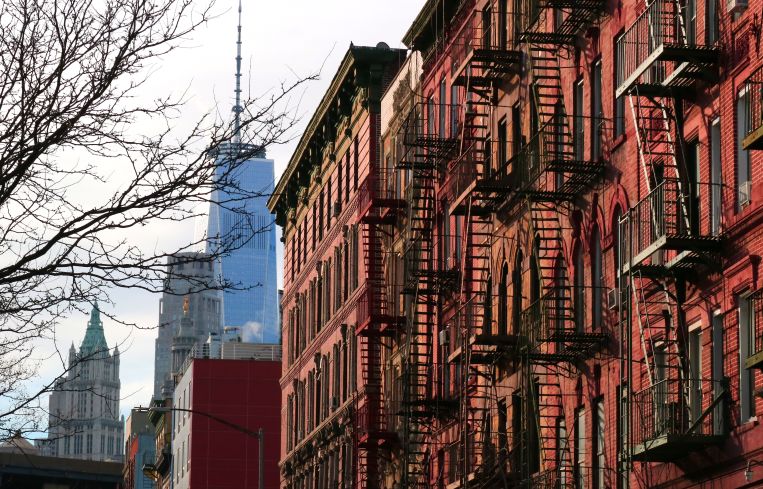NYC Rent-Stabilized Buildings Saw a 10.4% Income Boost in 2022
By Abigail Nehring March 29, 2024 6:22 pm
reprints
Rent-stabilized buildings in New York City saw a significant boost in their profitability in 2022, but the economic tea leaves look very different across the city.
Net operating income (NOI) from the city’s rent-stabilized buildings increased by an average of 10.4 percent in 2022 compared to the year before, according to the annual report by the New York City Rent Guidelines Board (RBG).
The report — which the RGB will use to inform its vote on annual rent hikes for about 1 million rent-stabilized apartments — showed that Manhattan reaped most of the benefit of better returns. Buildings south of 110th Street saw a 42 percent increase in NOI in 2022 compared to 2021.
Meanwhile, rent-stabilized buildings in Upper Manhattan and the outer boroughs showed middling returns and some signs of distress, with only a 0.3 percent bump in NOI over the same period.
The income and expense report is one of several metrics that the nine members of the RBG — all appointed by Mayor Eric Adams — will use to decide whether they should increase rents and by how much. Board members struggled to make heads or tails of the numbers in their first public meeting Thursday.
Members said there were several confounding factors at play in 2022 — including the city’s economic recovery from the pandemic, the impact of New York’s landmark 2019 Housing Stability and Tenant Protection Act (HSTPA) and the role of inflation — that made it harder to suss out what the NOI means for rent-stabilized landlords.
“It’s very difficult for anyone to identify and measure the impact of HSTPA, independent of all of the other things that changed at almost the same time,” Lucy Joffe, an associate commissioner for the city’s Department of Housing Preservation and Development, told the board during Thursday’s meeting.
And the tougher rent stabilization rules in the HSTPA have caused the values of those properties to drop by 30 to 50 percent since its passing, with a recent portfolio in Manhattan and Brooklyn selling at a 40 percent loss.
By contrast, last year’s figures showed rent-stabilized NOI fell 9.1 percent in 2021, a finding that helped justify the 3 percent rent hike for one-year leases the board approved in a contested June vote.
But for outside groups on either side of the political spectrum, interpreting the 2022 data is pretty straightforward. Nonprofit law firm Legal Aid argued the NOI increases show the RGB should take rent hikes off the table in 2024.
“By landlords’ own logic, if a decrease in the NOI justifies a rent increase, then an increase in the NOI — particularly as high as this year’s — should justify a rent freeze,” a spokesperson for Legal Aid said in a statement.
Meanwhile, the Community Housing Improvement Program (CHIP), an industry group representing rent-stabilized buildings in New York City, disagrees.
CHIP Executive Director Jay Martin pointed to the earnings declines rent-stabilized landlords weathered for several years leading up to 2022. Martin also noted that older buildings are particularly struggling to stay afloat.
“This is why banks are failing,” Martin said in a statement. “Buildings don’t have enough income to pay their mortgages. They certainly don’t have enough income to refinance their buildings when interest rates are above 5 percent.”
Martin added that the year-old data doesn’t take into account the worsening state of the market in 2023 — something that didn’t seem to be an issue with the data last year — and warned that “hundreds, possibly thousands, of buildings across the city” will “fall into financial distress” without rent increases.
The report carries several caveats, which tenant advocates have pointed out in the past and surfaced again in Thursday’s meeting, especially because it doesn’t break down individual landlords’ portfolios. The data makes it unclear how many owners of Manhattan properties also have less profitable outer borough buildings, Adán Soltren, a tenant-member of the RGB, pointed out during Thursday’s meeting.
The RGB will have several months to debate the findings, and will also consider other research on the city’s rent-stabilized building stock yet to be released, before they must decide whether to allow for rent hikes.
The board is also required to hold at least one public hearing before voting on the annual rent increase in June. Its next meeting will be April 11.
Abigail Nehring can be reached at anehring@commercialobserver.com.



